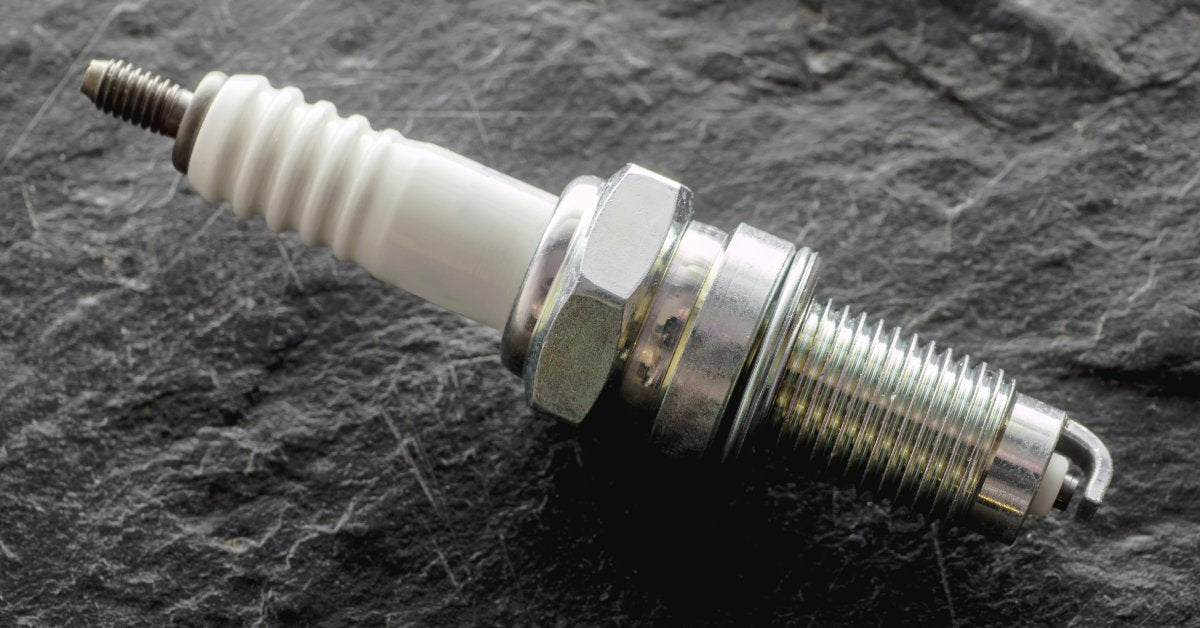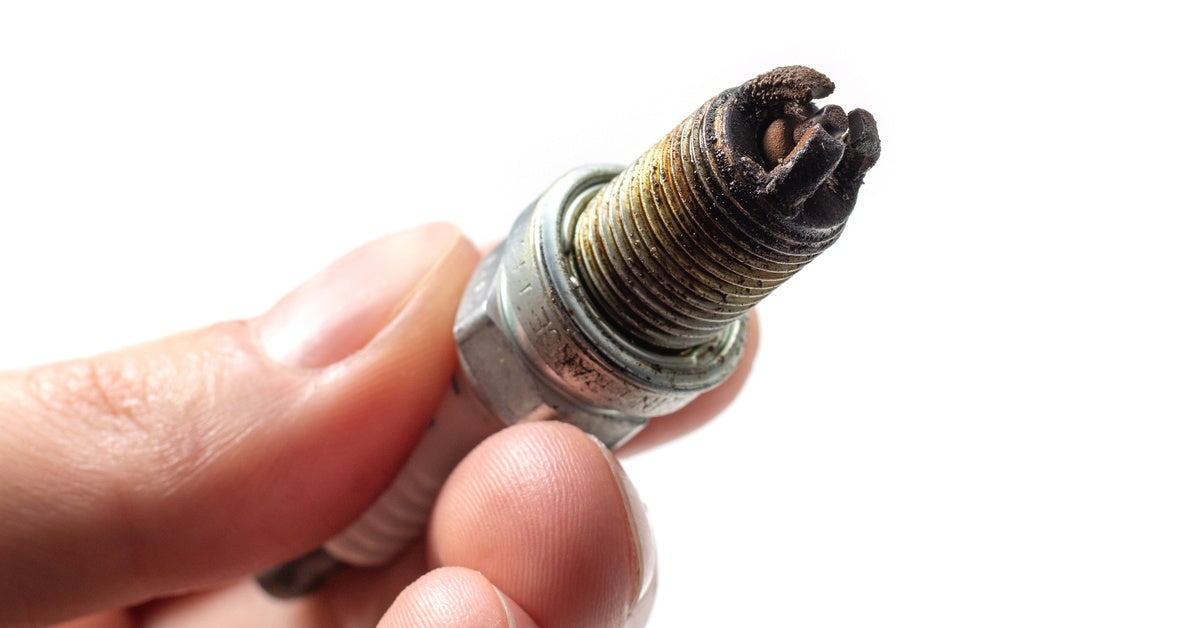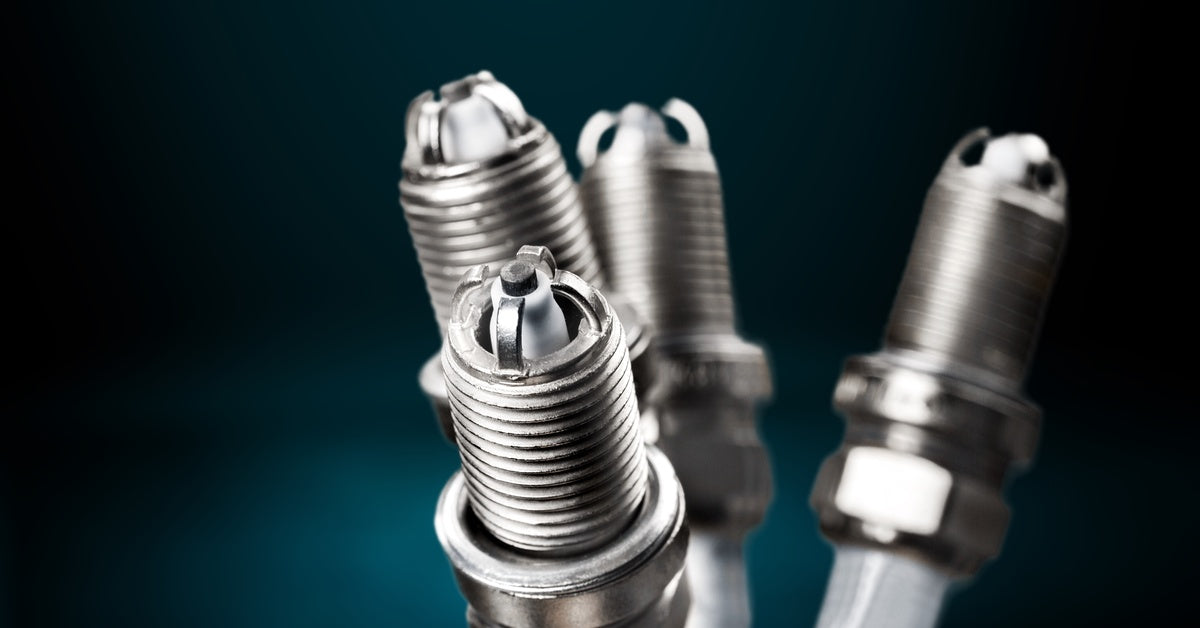
If a jet ski starts to sputter, it might lose power when you need it the most. The engine will hesitate and refuse to deliver the smooth acceleration you expect. But what can cause a jet ski to misfire? Learning about the ten possible culprits could help you diagnose the problem quickly, so you’re prepared for every adventure on the water.
1. Worn or Fouled Spark Plugs

Spark plugs fire thousands of times per minute to ignite the fuel-air mixture in your engine’s combustion chambers. Over time, these components accumulate carbon deposits, oil residue, and electrode wear that prevent proper ignition. Fouled spark plugs create weak or inconsistent sparks that lead to misfiring across multiple cylinders.
A thorough inspection can reveal signs of spark plug problems. Black, sooty deposits indicate a rich fuel mixture or incomplete combustion. White, chalky residue suggests lean running conditions or overheating. Oil-fouled plugs appear wet and black, pointing to worn piston rings or valve seals.
Installing fresh replacement jet ski spark plugs restores ignition timing and combustion efficiency. E3 Spark Plugs manufactures performance-oriented plugs designed specifically for marine applications, offering improved flame kernel development and reduced emissions.
2. Faulty Ignition Coils
Ignition coils transform low-voltage battery power into high-voltage electricity needed to create a spark across the plug gap. When coils fail internally, they produce weak or intermittent sparks that cause random misfiring patterns. Heat, vibration, and moisture exposure are common in marine environments. They can each accelerate coil degradation.
Testing Ignition Coil Performance
Testing coils requires a multimeter to measure primary and secondary resistance values. Primary windings typically measure between 0.5 and 2.0 ohms, while secondary windings range from 10,000 to 15,000 ohms, depending on the engine model. Readings outside these ranges mean you might need to replace the coils.
Perform a visual inspection to find obvious coil problems. Cracked housings, corroded terminals, and oil-soaked windings require immediate attention. Intermittent coil failures could worsen under high loads or RPMs. This could make diagnosing the problem more challenging during idle testing.
3. Clogged or Dirty Fuel Injectors
Fuel injectors spray precisely metered amounts of gasoline into each cylinder’s intake port. Contaminants in fuel gradually clog injector nozzles, creating uneven spray patterns that disrupt proper fuel atomization. Poor atomization leads to incomplete combustion and cylinder misfiring under various operating conditions.
Ethanol-blended fuels attract moisture that promotes internal corrosion and gum formation inside injector bodies. These deposits restrict fuel flow and alter spray characteristics needed for efficient combustion. Regularly cleaning the fuel system prevents injector fouling and supports the engine’s performance.
4. Low Fuel Pressure
Adequate fuel pressure allows the injector to perform consistently across all RPM ranges. Weak fuel pumps, clogged filters, or restricted fuel lines reduce system pressure below manufacturer specifications. Insufficient pressure causes lean fuel mixture conditions that trigger misfiring, especially when you accelerate or have a higher load.
Fuel System Pressure Testing
Pressure gauges measure fuel rail pressure during engine operation. Most jet ski engines require 35 to 45 PSI for the injector to function. You may need to replace the pump or clean the fuel system if the pressure reading is below the manufacturer’s specifications.
Fuel pump relay failures also create intermittent pressure problems that cause random misfiring episodes. Electrical connections at the pump assembly corrode from water exposure, creating high resistance that reduces pump efficiency over time.
5. Air Intake Problems
Clean, unrestricted airflow allows proper fuel-air mixture formation inside combustion chambers. Clogged air filters, damaged intake hoses, or vacuum leaks alter mixture ratios that lead to misfiring conditions. Marine environments expose intake systems to conditions that accelerate filter contamination.
Vacuum leaks introduce unmeasured air into the intake system, creating lean mixture conditions that cause hesitation and misfiring. Cracked intake manifolds, loose clamps, or deteriorated gaskets allow excess air to enter the downstream of the airflow sensors.
6. Carbon Buildup in Combustion Chambers

Carbon deposits accumulate on piston crowns, valve faces, and combustion chamber walls over thousands of operating hours. These deposits create hot spots that cause pre-ignition and irregular combustion patterns. Heavy carbon buildup also reduces compression ratios that affect engine performance.
Carbon accumulation is one of the possible culprits that can cause jet skis to misfire. Regular use of fuel additives and periodic carbon cleaning services prevents excessive buildup that leads to this issue in the first place.
7. Compression Loss
Compression creates the heat and pressure needed to ignite fuel. Worn piston rings, damaged valves, or blown head gaskets reduce compression ratios below acceptable levels. Low compression cylinders misfire under load conditions when the combustion chamber pressure cannot effectively ignite the fuel-air mixture.
Compression testing requires specialized gauges that measure peak pressure during cranking cycles. Most two-stroke jet ski engines produce between 120 and 180 PSI compression pressure when they work correctly. If a cylinder reads 10 percent lower than the others, it could be a sign of internal engine wear or damage.
8. Water Contamination in the Fuel System
Water enters fuel systems through contaminated fuel purchases or hull breaches that allow moisture infiltration. Water disrupts combustion by preventing proper fuel ignition and creating steam that interferes with normal combustion chamber pressure.
Fuel system water removal requires draining tanks, replacing filters, and using fuel additives designed to absorb moisture. You should store fuel properly and use fuel stabilizers to prevent contamination.
9. Electrical Connection Problems
Corroded terminals or damaged wiring harnesses interrupt electrical signals needed for proper ignition timing. Exposure to saltwater accelerates corrosion at connection points throughout the ignition system. Intermittent electrical faults create random misfiring patterns that vary with engine vibration or temperature changes.
Programming Issues
Electronic control units (ECU) manage engine parameters based on programmed maps and sensor inputs. Failed memory modules or incorrect programming cause erratic engine operation, which includes misfiring. ECU problems often require professional diagnosis and repairs.
10. Electrical System Maintenance
Regularly inspecting the ignition system wiring can help you find hidden problems. Dielectric grease protects connections from moisture and corrosion in marine environments. Heat shrink tubing and marine-grade connectors provide long-term reliability in harsh operating conditions.
Temperature Sensor Malfunctions
Engine management systems rely on temperature sensors to adjust fuel mixture and ignition timing based on operating conditions. Faulty coolant temperature sensors or intake air temperature sensors provide incorrect data that causes the computer to deliver improper fuel mixtures.
Mixture problems create misfiring under specific temperature ranges or operating conditions. Sensor failures often trigger diagnostic trouble codes that help identify specific problem areas.
Jet ski misfiring stems from various mechanical and electrical causes that require systematic diagnosis for proper repair. Upgrade to E3 Spark Plugs for reliable ignition and longer-lasting durability on the water. Our advanced technology ensures smoother rides and fewer maintenance hassles. Visit E3 Spark Plugs today to find the perfect fit for your jet ski and get back to enjoying your time in the water.







